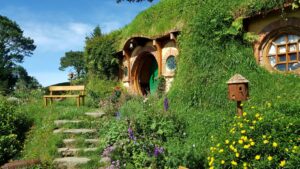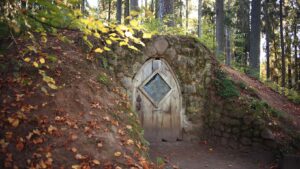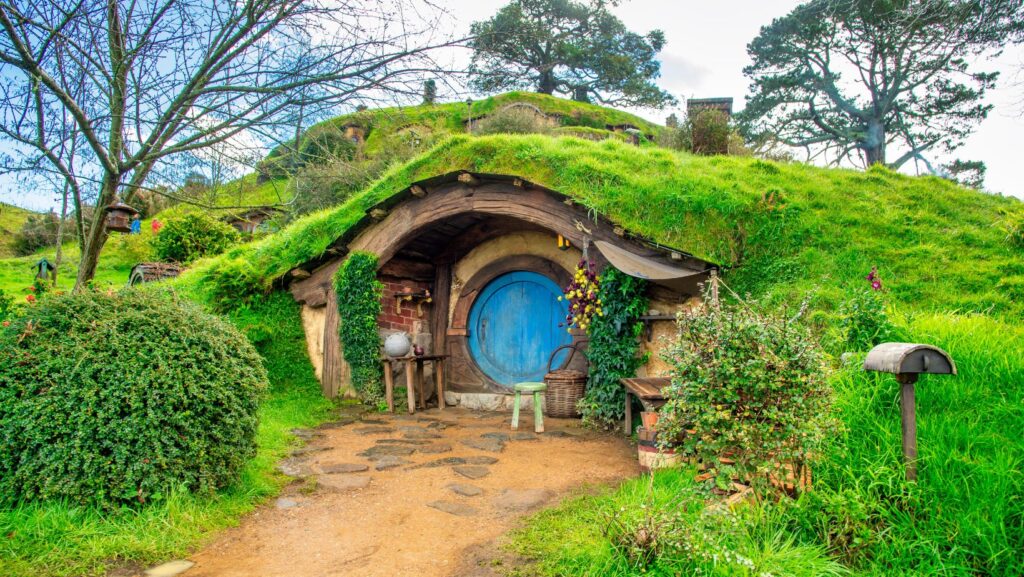Venturing into the enchanting world of “The Hobbit” art is akin to embarking on a journey through Middle-earth’s rich tapestry of imagination. As a fan of J.R.R. Tolkien’s iconic work, I’ve always been captivated by the visual interpretations that bring this fantasy realm to life. From intricate illustrations of hobbit holes to majestic landscapes of Rivendell, each artwork offers a unique glimpse into Tolkien’s vivid universe.
Whether it’s admiring the whimsical charm of Bilbo Baggins’ home or marveling at the fierce beauty of Smaug the dragon, these artistic creations evoke a sense of wonder and nostalgia that resonates with fans worldwide. Join me as we delve into the magic of “The Hobbit” art and celebrate the enduring legacy of Tolkien’s masterpiece.
The Lore of Middle-Earth: Visualizing Tolkien’s World
The Influence of J.R.R. Tolkien’s Descriptions

Delving into the mesmerizing realm of “the hobbit art,” I am captivated by how artists skillfully bring to life the intricate descriptions penned by J.R.R. Tolkien himself. It’s truly remarkable how these visual interpretations intricately weave together with Tolkien’s vivid narrative, offering readers a tangible connection to Middle-earth’s fantastical elements. From the cozy hobbit holes described in detail to the awe-inspiring landscapes of Rivendell, artists adeptly capture the essence of Tolkien’s words, allowing fans to immerse themselves in the enchanting world he created.
Cinematic Interpretations and Artistic License
When exploring “the hobbit art,” it’s fascinating to witness the balance between cinematic interpretations and artistic license taken by illustrators. While some artists stay true to the aesthetic presented in the cinematic adaptations of Tolkien’s works, others infuse their unique creative flair, giving rise to diverse and captivating visual representations.
The Hobbit Art
Concept Artists and Their Role in Middle-Earth

As an enthusiast of “the hobbit art,” I delve into the pivotal role that concept artists play in shaping the visual aesthetics of Middle-earth. Concept artists, with their imaginative prowess, translate the rich tapestry of J.R.R. Tolkien’s world into stunning visual representations. Their task isn’t merely to illustrate scenes from the books but to breathe life into Tolkien’s intricate descriptions, offering us a glimpse into the fantastical realms of hobbits, dwarves, elves, and wizards. Through their artwork, concept artists establish the visual foundations that pave the way for the cinematic renditions and merchandise that immerse fans deeper into Tolkien’s universe.
The Evolving Art Styles Across Different Mediums
Exploring the evolution of art styles within different mediums is essential in understanding the diverse interpretations of “The Hobbit” art. From traditional illustrations in books to digital artwork for film adaptations and video games, each medium brings a unique flair to Tolkien’s narratives. Illustrators, animators, and digital artists adapt their styles to suit the medium while staying true to the essence of Middle-earth. This evolution not only showcases the versatility of “the hobbit art” but also highlights the resilience of Tolkien’s fantastical world across various art forms. The ever-changing art styles keep the essence of Middle-earth fresh and captivating for audiences across generations, ensuring that the magic of “The Hobbit” continues to inspire and enchant fans worldwide.
The Impact of “The Hobbit” Art on Fantasy Genre
Delving into “The Hobbit” art, one can’t ignore its monumental impact on setting trends in epic fantasy visuals. Artists have redefined the genre by translating Tolkien’s rich descriptions into vibrant and immersive artworks. These illustrations have not only captured the essence of Middle-earth but have also set a standard for interpreting fantastical realms in the world of art.
“The Hobbit” art continues to inspire new generations of artists, serving as a beacon of creativity and imagination. Young creators are drawn to the allure of Middle-earth, motivated by the intricate details and emotional depth portrayed in these artworks. By studying and emulating the techniques used in “The Hobbit” art, aspiring artists hone their craft and contribute to the ever-evolving landscape of fantasy artistry.
